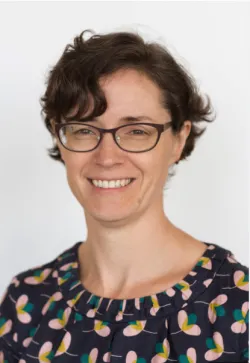RSAA Colloquium: Sarah Brough (UNSW) "TBC"
Specialised surveys have shown the potential of low surface brightness observations in revealing galaxy evolution. Tidal features and intracluster light are key to understanding galaxies' merging histories. The upcoming LSST will significantly advance this field from 2025, as my research with Hyper-Suprime Cam and hydrodynamical observations prepares us for these studies.
Speakers
Content navigation
Description

The faint, diffuse, low surface brightness universe has to-date generally only been observed in specialised surveys. These surveys have revealed the wealth of information about galaxy evolution available from such low surface brightness observations. Tidal features around galaxies (faint shells, tidal tails, halos and stellar streams) call tell us about their recent merging history and intracluster light (diffuse, extended stellar light observed to spread across the centre of galaxy clusters) provides a holistic trace of the emerging history in the galaxy cluster environment. The 8.4m Vera C. Rubin Observatory's Legacy Survey of Space and Time (LSST) will revolutionise low surface brightness astronomy when it starts in 2025. The deep, multi-band, optical observations over the whole southern sky will transform our understanding of galaxy evolution, particularly by opening up the low surface brightness universe with enormous samples. I will present my group's research using Hyper-Suprime Cam Subaru Strategic Project imaging and cosmological hydrodynamical observations to prepare for tidal feature and intracluster light research into galaxy evolution with LSST.
Location
Duffield Lecture Theatre or Zoom
